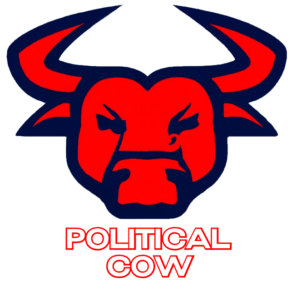The Supreme Court of the United States is one of the most important institutions in American government. As the highest court in the land, it is responsible for interpreting the Constitution, resolving disputes between states, and determining the constitutionality of laws passed by Congress and the states. The Supreme Court’s decisions often have far-reaching consequences and can impact the lives of millions of Americans.
Recently, the issue of “packing the courts” has become a topic of controversy. Packing the courts refers to the idea of increasing the number of justices on the Supreme Court for the purpose of changing its ideological balance. This concept has been raised as a response to the perceived politicization of the court and the growing concern that the court is not representative of the American people.
The controversy surrounding packing the courts stems from the fact that it would fundamentally change the nature of the court and could undermine its independence and impartiality. The Supreme Court has traditionally been composed of nine justices, and the number has remained unchanged since 1869. This stability has helped to ensure the court’s credibility and to foster public trust in its decisions.
Opponents of court packing argue that it would politicize the court and undermine its credibility. They argue that by increasing the number of justices, the president and Congress would be able to stack the court with partisan judges who would be more likely to rule in favor of their political agenda. This, they argue, would erode the court’s impartiality and damage its ability to serve as an impartial arbiter of the law.
Some proponents of packing the courts, on the other hand, argue that the court has already been politicized and that the only way to restore its impartiality is by changing its composition. They point to the recent confirmation of Supreme Court Justice Amy Coney Barrett, who was nominated by President Donald Trump and confirmed by the Senate just days before the 2020 election. This, they argue, was a blatant attempt to stack the court with conservative justices and to undermine the legitimacy of the election.
The controversy surrounding packing the courts has also been fueled by the growing polarization of American politics. As the two major political parties have grown further apart, the Supreme Court has increasingly become a source of political tension, with many people viewing the court as a political prize to be won or lost. This has led to calls from some quarters to increase the number of justices on the court, in an effort to balance the court’s ideological composition and to ensure that it is representative of the American people.
The debate over packing the courts has also raised broader questions about the role of the Supreme Court in American government. Some argue that the court has become too powerful and has overstepped its bounds by striking down laws passed by Congress and the states. They argue that the court should be limited in its power and that the other branches of government should have more control over its decisions.
Others, however, argue that the Supreme Court plays a vital role in protecting individual rights and freedoms and that it should be free to interpret the Constitution as it sees fit. They argue that limiting the court’s power would undermine its ability to serve as a check on the other branches of government and to protect the rights of minority groups and marginalized communities.
The controversy surrounding packing the courts is a reflection of the deep political divisions that exist in the United States today. While some see the court as a source of stability and impartiality, others view it as a political tool that can be used to advance partisan agendas. Ultimately, the future of the Supreme Court and the question of whether or not to pack the courts will depend on the ability of the American people to come together and find a way to restore a common appreciation of the basis of our government.

